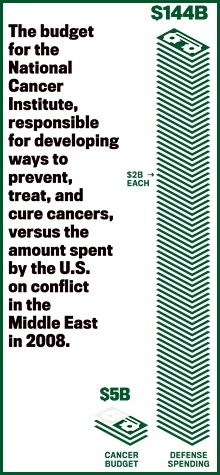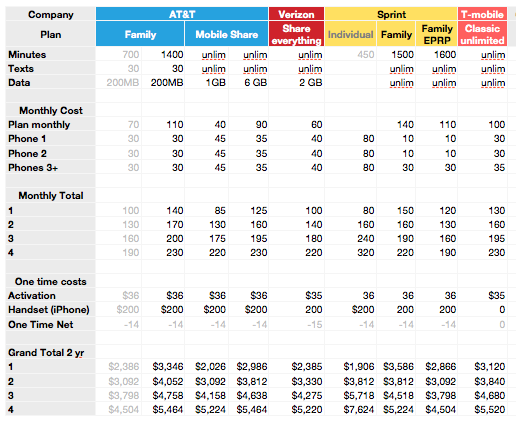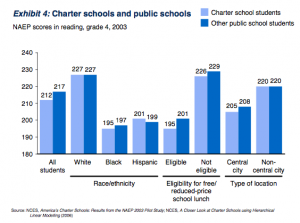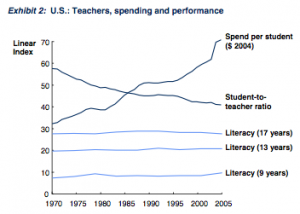Nolisting is a spam fighting technique that works by listing an unavailable MX as the highest priority (lowest MX value) mail server. The idea is that any proper mailer will detect the unavailable MX and automatically retry the next highest priority MX record.
On Feb 7th, 2012, I dedicated one of my IPs to the job of not listening for SMTP traffic, set up a host record, and then configured a few mail domains with my faux MX as the highest priority.
On March 5, I removed the faux MX records. Over the course of a month, the half dozen users of these mail domains had all experienced the loss of valid mail and noticed. Undoubtably, they lost more valid messages than they noticed.
Before I removed the faux MX records, I did some sniffing of the SMTP traffic hitting my faux MX. During observation, most of the failures I witnessed were being sent by an application written using JavaMail. Apparently it’s popular with banks (for sending account notifications), news organizations, and online photo processors.





You must be logged in to post a comment.